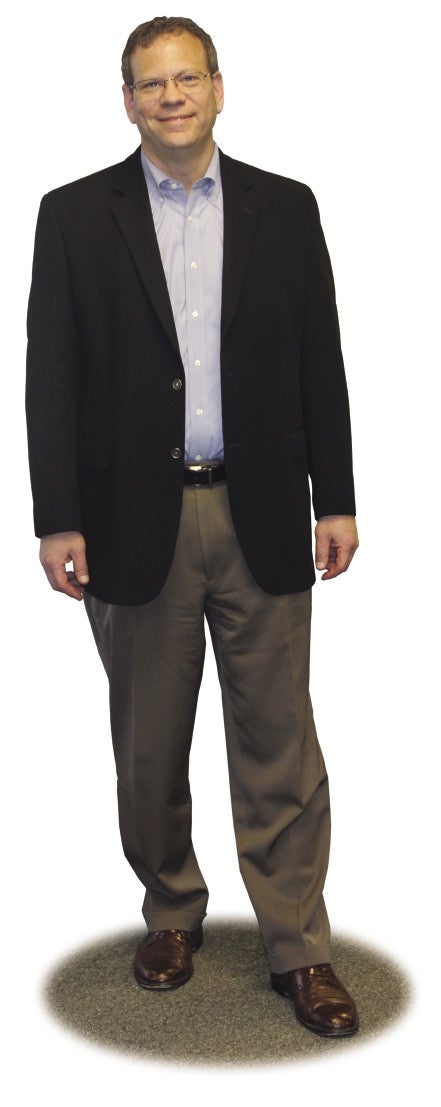The corporate IT department is not just a security guard for increasingly valuable data, it must also keep the technology infrastructure up and running at all times so that data flows without interruption, enabling all to do their jobs. Prelert, based in Framingham, focuses on the “behavioral analytics” behind the data, so IT can more easily uncover what it needs to know about potential operational and security risks — then act quickly, before anyone notices. The company is the creation of Mark Jaffe, a serial software entrepreneur with more than 23 years of experience in technology marketing, sales and leadership.
The IT space has been awash in innovation for many years. Does that make it easier to find a niche such as the one in which Prelert operates?
I think it does, because innovation leads to, in many regards, additional complexities in the infrastructures, and the applications stacks that we’ve built support our businesses. And that complexity leads to gaps and issues that, unfortunately, bad guys can take advantage of and cause (cyberthreats).
In the case of data analytics, what’s the advantage of Prelert’s offerings over those of other companies?
Most of the analytics to date have been based on sort of … human intelligence. We’ve been writing rules and signatures and thresholds around known bad things that occur in complex environments. If we know attackers can breach a system in a certain way, we can write a rule (that says), “If you see that, stop it.” The problem is that the (attacks) and the anomalies that are occurring in these very complex systems are no longer the obvious, that the smart attackers are finding ways to obfuscate all of the traditional rules and signatures that we’ve written.
In what markets are you seeing the greatest need for your products?
The retailers as of late have had a huge impact with (stolen) credit cards. There’s also a lot of focus in financial services, where banks and other investment institutions … insurance companies … are trying to protect their confidential data that is more valuable to cybercriminals.
Your website says advanced analytics is a “top 3” technology when considering benefit vs. total cost of ownership (TCO). Could you explain that a bit further?
In this cybersecurity space, the approaches that have been used have been rules and signature-based identification of “known” bad activities. The value of that has been dropping precipitously as attackers bypass those security controls. What we’re focused on is a completely new approach to identify these types of anomalies. And … we do it in a way that is effective in terms of cost and speed to value for customers.
You’ve been in high tech since the days before Microsoft revolutionized the computing experience. Aside from the commercialization of the Internet, what’s the most important of the many industry developments since then?
That’s a good question. There’s been so much innovation. I don’t even know where to start. I think certainly virtualization has had a huge impact on our ability to leverage computing power at a much lower cost. These days, there’s an enormous amount of movement to cloud computing, to be able to leverage the cost efficiencies of putting — very quickly, very easily — compute-intensive processing on someone else’s shoulders at very little cost.
You’re a serial entrepreneur. What’s the key to surviving the roller-coaster ride that’s typical of launching and growing a business?
Ultimately it comes down to finding frowning faces in customers’ environments, identifying what’s making them unhappy today, and putting smiling faces on those customers.

